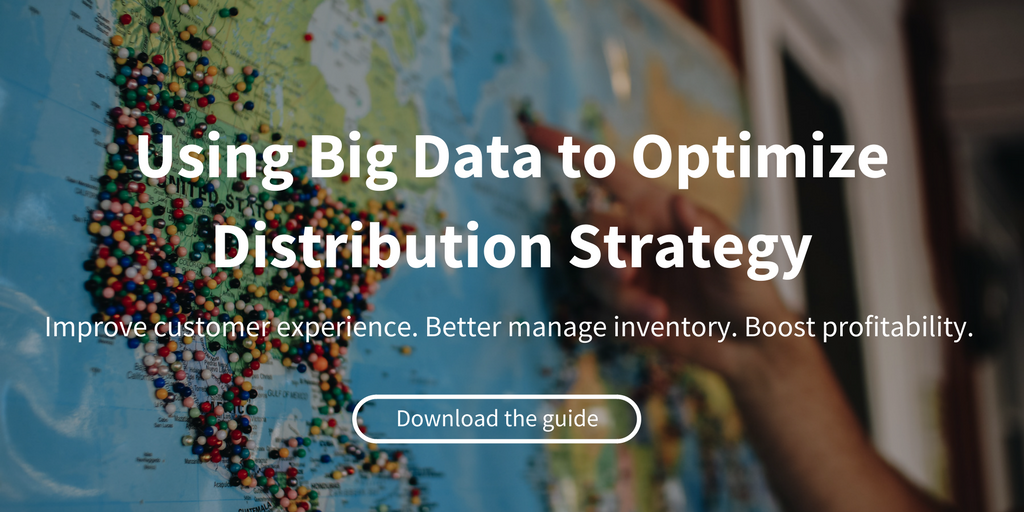Here are 6 ways retail is using big data to keep operation costs low, increase customer satisfication, and increase profits.
When it comes to retail, the smallest gains can count the most. With such small margins, every bit helps to keep the bottom line in the black. This goes into keeping track of overhead as well as delivery costs. Now analysts are able to use data to keep operation costs low, increase customer satisfaction, and increase profits. So how are retailers using big data to bolster their sales and marketing efforts?
6 retail uses for big data
1) A complete customer picture
Data on customers lets retailers truly gain a better perspective on who is making purchases. Does the customer prefer to shop online or in store (perhaps both)? What does their browsing history look like? What types of products do they tend to search for and purchase?
And this data is just the tip of the iceberg. By taking all of this information into account, retailers are able to better understand where their customers live, like to shop, and want to buy.
2) Brand sentiment
Oftentimes, to get the unvarnished truth, you need to go directly to the source. In this case, what we’re referring to is social media. By gathering information from users on social media, retailers are able to get their unbiased opinions of products and brands. Retailers can then correlate that behavior to future trends that can help dictate marketing programs.
Every advantage, no matter how seemingly small, can be huge in the long run. By understanding where to put marketing efforts — for example, Facebook ads — can help make the difference between turning a profit and throwing money out the window.
3) Customizable promotions
Website visitors’ browsing history can be a great source of information for retailers to create customizable promotions. Maybe a discounted offer was just the thing to convince a customer to purchase?
Additionally, localized marketing efforts can be effective by using GPS technology to pinpoint smartphone users’ locations and notifying them of deals through through social media and/or web advertising.
4) Store layout
Ever wonder why a grocery store is laid out the way it is? Dairy is typically on one end, and produce is all the way on the other. Store layout, when done properly, is a thoughtful way to get the customer to walk past the most items possible. And it’s all done using information that the customer has already provided.
Retailers can track customers’ shopping experiences so they understand where to place items to increase visibility and chance of purchase. Some stores are getting even more sophisticated with their data tracking, as they will use an app to follow you around when you are in their stores. More data allows for better placement of items, which increases the chance of a purchase.
5) E-commerce optimization
An underperforming e-commerce site can be a major factor in a retailer’s bottom-line woes. Purchasing is quickly becoming solely an online experience. Through data analysis, successful retailers are able to syphon through the sheer volume of site visits and clicks to gather the information that is important and can lead to predictive analysis of future purchases.
6) Order management
Inventory management is a key to profitability (or pain) for retailers. By using big data, e-retailers are able to track and manage inventory for real-time delivery updates. In some cases this information can communicate with AI to recognize when certain goods are about to go out of stock.
What all of this boils down to is the old cliché that “knowledge is power.” The more you can use big data to understand your customers and their purchasing habits, the better you can predict what product they will need, when they will need it, and where they will want to purchase it from — or have it shipped to. By doing so, you only increase your chances of maintaining profitability.
Related posts:


